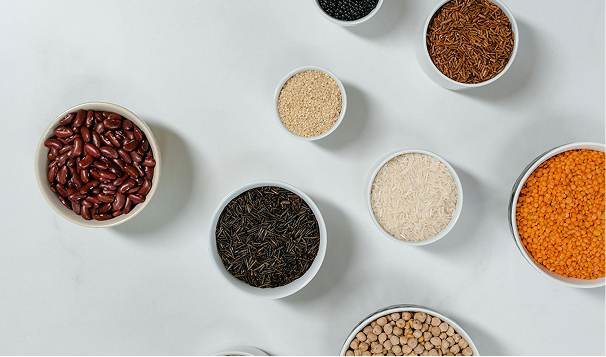
Top Insights on Protein Rich Foods: Benefits, Recipes, and Expert Advice
Protein is essential for your body. It helps build and repair tissues, supports immune function, and keeps you feeling full. If you want to boost your protein intake, here are some insights on protein-rich foods, their benefits, and practical recipes.
Why Protein Matters
Muscle Growth: Protein is crucial for muscle repair and growth. If you’re active or looking to build muscle, you need enough protein.
Weight Management: High-protein foods can help you feel full longer. This can reduce cravings and help with weight loss.
Metabolism Boost: Eating protein can increase your metabolic rate. Your body burns more calories digesting protein than it does with fats or carbs.
Top Protein-Rich Foods
- Meat: Chicken, turkey, and lean cuts of beef are excellent sources. A 3-ounce serving of chicken breast has about 26 grams of protein.
- Fish: Salmon and tuna are not only high in protein but also rich in omega-3 fatty acids. A 3-ounce serving of salmon provides around 22 grams of protein.
- Eggs: One large egg contains about 6 grams of protein. They are versatile and can be used in many dishes.
- Dairy: Greek yogurt and cottage cheese are packed with protein. A cup of Greek yogurt can have up to 20 grams.
- Legumes: Lentils, chickpeas, and black beans are great plant-based protein sources. One cup of cooked lentils has about 18 grams of protein.
- Nuts and Seeds: Almonds, peanuts, and chia seeds are good options. A quarter-cup of almonds has about 7 grams of protein.
- Tofu and Tempeh: These soy products are excellent for vegetarians and vegans. A half-cup of tofu contains around 20 grams of protein.
- Quinoa: This grain is a complete protein, meaning it contains all nine essential amino acids. One cup of cooked quinoa has about 8 grams of protein.
Practical Tips for Increasing Protein Intake
- Start Your Day with Protein: Include eggs or Greek yogurt in your breakfast. This sets a positive tone for your day.
- Snack Smart: Choose protein-rich snacks like nuts, cheese, or protein bars. They keep you full and energized.
- Add Protein to Your Meals: Incorporate beans into salads or add chicken to stir-fries. Small changes can make a big difference.
- Experiment with Recipes: Try new dishes that focus on protein. For example, make a lentil soup or a quinoa salad.
- Plan Your Meals: Prepare meals in advance to ensure you include protein in every meal. This helps you stay on track.
Simple Protein-Packed Recipes
- Greek Yogurt Parfait: Layer Greek yogurt with berries and a sprinkle of nuts. It’s a quick breakfast or snack.
- Chickpea Salad: Mix canned chickpeas with diced vegetables, olive oil, and lemon juice. It’s refreshing and filling.
- Egg Muffins: Whisk eggs with spinach, cheese, and diced peppers. Bake in a muffin tin for a grab-and-go breakfast.
- Quinoa Bowl: Combine cooked quinoa with black beans, corn, and avocado. Top with salsa for a tasty meal.
- Salmon and Veggies: Bake salmon with your favorite vegetables. It’s simple and packed with nutrients.
Engaging with Protein
Think about your current protein intake. Are you getting enough? If not, consider how you can incorporate more protein-rich foods into your diet.
Ask yourself:
- What meals can I modify to include more protein?
- Are there new recipes I can try this week?
- How can I make protein-rich snacks more convenient?
By focusing on these questions, you can make protein a priority in your diet.
Incorporating protein-rich foods into your meals doesn’t have to be complicated. With a little planning and creativity, you can enjoy delicious, satisfying meals that support your health and fitness goals. Start today and see how it transforms your energy and well-being.